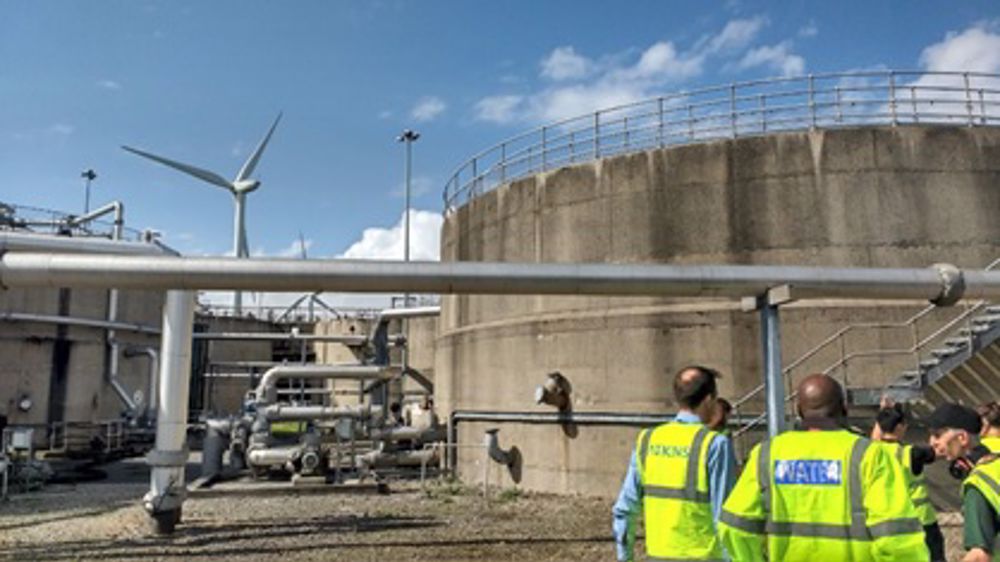Bioresources - realising the value in our waste
Sewage sludge (biosolids) are the ‘waste’ by-product produced through treating municipal wastewater. Sewage sludge has evolved from being a waste, to a useful biosolids fertiliser and is now recognised as being a valuable bioresource. Biosolids are rich in nutrients, trace elements and organic matter and therefore contain significant value.
Biosolids are an inevitable by-product of human activity and their management is a societal need. Prior to the 19th century, untreated faecal sludge, or ‘night soil’ was spread on land as a fertilizer. Throughout the 20th century practises such as disposal of raw sludge at sea were commonplace. When these practises were banned in Europe in the late 20th century, the UK industry shifted towards a mixture of incineration or biosolids treatment to provide a stable product that could be applied to agricultural land as fertilizer and soil conditioner – these processes included anaerobic digestion, drying, lime stabilisation and composting.
At the beginning of the 21st century, anaerobic digestion of biosolids to produce biogas and digestate fertilizer was widely implemented in the UK. This process has the advantages of producing a fertilizer digestate product and renewable biogas. Technological innovations such as advanced anaerobic digestion processes further enhanced biosolids treatment to produce higher biogas yields and higher quality digestate products. As of 2019, approximately 92% of the UK’s sewage sludge was treated through anaerobic digestion, with the majority of biogas being combusted in CHP engines to offset the plant’s heat and power demands.

The practice of recycling treated biosolids to agriculture, although considered beneficial most circumstances remains susceptible to various impacts. This presents the water industry with an opportunity to further realise the value in biosolids, and transition towards treating biosolids as a bioresource. In the coming years, chemical engineers will play a key role in defining, designing, and implementing new treatment technologies for the sector. Atkins envisage a revolution from the current “wastewater treatment works” to the “biorefinery” where wastewater and biosolids are used as feedstocks to produce green products and therefore a key opportunity for long-term sustainability and realising circular economy principles. A key challenge for bioresources will be developing confidence in product quality and characteristics to support the development of an enabling regulatory framework.

Atkins are currently engaged in the development of several biosolids strategies globally and recognise the opportunity to drive circularity, implement zero waste and zero carbon strategies. The potential options for resource recovery from wastewater and biosolids are ever increasing as innovations in technology are enabling recovery and economic demands are developing. Thames Water, commissioned Atkins to carry out a resource recovery study to support them in defining their future bioresources business model.
Atkins evaluated numerous bioresources, ranging from well-known end products such as Biochar, Ammonia and Biomethane to products from more emerging processes such as Enzymes and Bioethanol. The study provides a snapshot of each bioresources’ current maturity in terms of technological advancements and market potential and highlights key bioresources that have immediate deployment benefit cases. It is hoped that this work help the global water industry realise and capture the value in their ‘waste’.